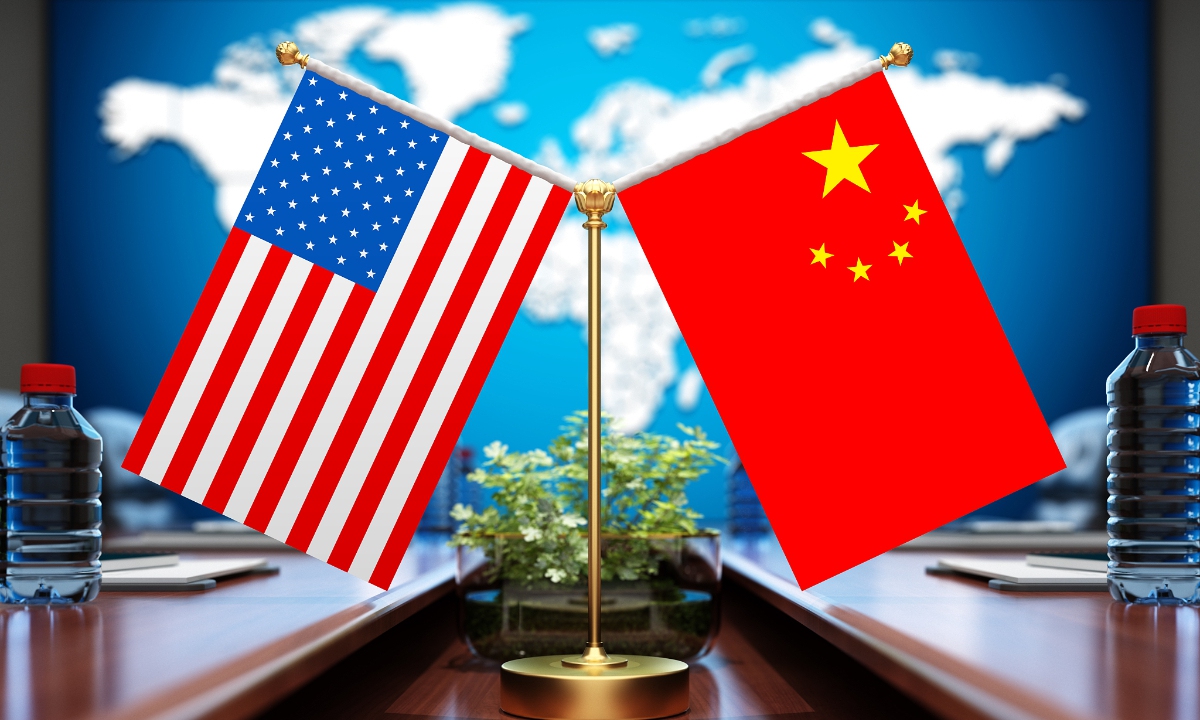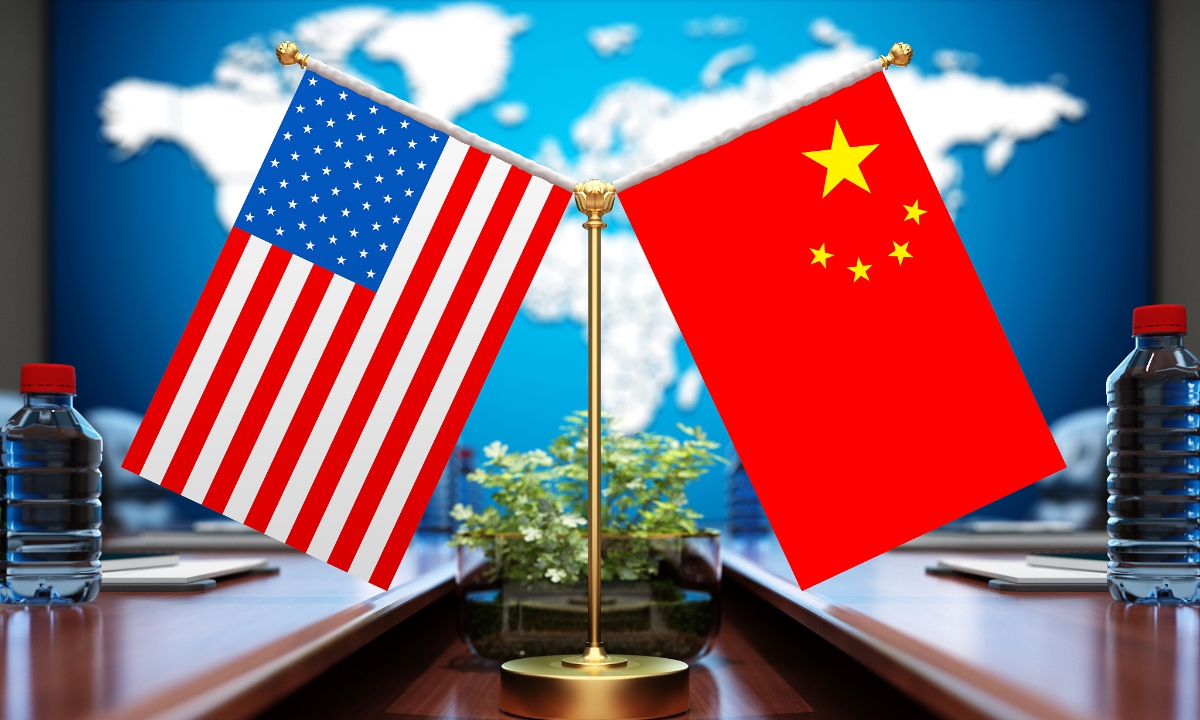 Daimler trucks are displayed during the 6th China International Import Expo in Shanghai in November. PHOTO/CHINA DAILY
Daimler trucks are displayed during the 6th China International Import Expo in Shanghai in November. PHOTO/CHINA DAILY
BEIJING — China’s advanced manufacturing is attracting the attention of foreign-invested companies amid an innovation-led upgrade of the nation’s industrial chain.
“We see booming innovations in areas including new energy vehicles, and connected and automated driving trucks in China, and we consider China a place to pursue the development and application of such future-oriented products,” said Holger Scherr, president and CEO of Beijing Foton Daimler Automotive Co Ltd, and head of the Mercedes-Benz business unit.
David Fan, executive vice-president and China president of Japan-based auto parts supplier Marelli, also pointed to the growing innovation capabilities of the Chinese market as one of the important reasons for the country’s market and supply chain having an irreplaceable role for Marelli.
China’s manufacturing sector has remained a land of opportunity for foreign-invested companies over the years for its manufacturing prowess and the most comprehensive industrial chain in the world. In 2023, foreign investment into the sector accounted for 27.9 percent of the total, up 1.6 percentage points from the previous year, official data showed.
This year, the country has put developing new quality productive forces — featuring high-tech, high efficiency and high quality — atop its agenda.
The upgrade of industrial and supply chains is among the three aspects, that the development of new quality productive forces will cover, said Zhang Qingjie, head of digital enablement and head of AI at KPMG China.
Some foreign-invested companies have already noticed the gradual repositioning of China’s industrial chain, and are adopting a preemptive strategy to tap into the shift.
“We plan to promote a model of inverter compressors for heat pumps this year in Europe. The model is developed through a technology platform that we built in China, reflecting the change of the Chinese market’s core competitiveness from a comprehensive supply chain to an innovation-oriented one,” said Xu Yang, president of the China unit at Danfoss, a Denmark-based energy efficiency solutions company.
Xu said the company has been actively leveraging China’s innovation capability and improving its smart manufacturing. In April, Danfoss will launch construction of the second phase of its Haiyan campus in Zhejiang province, which is its largest manufacturing base in China, according to Xu.
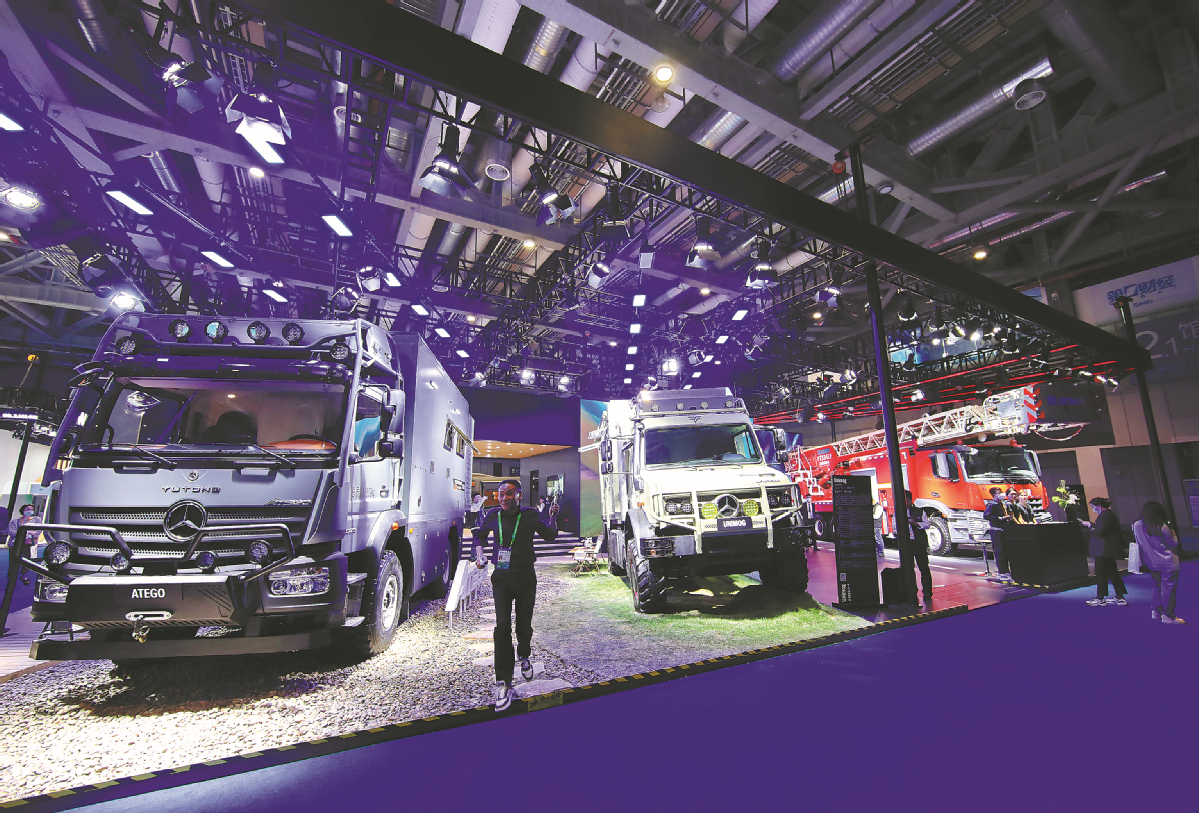
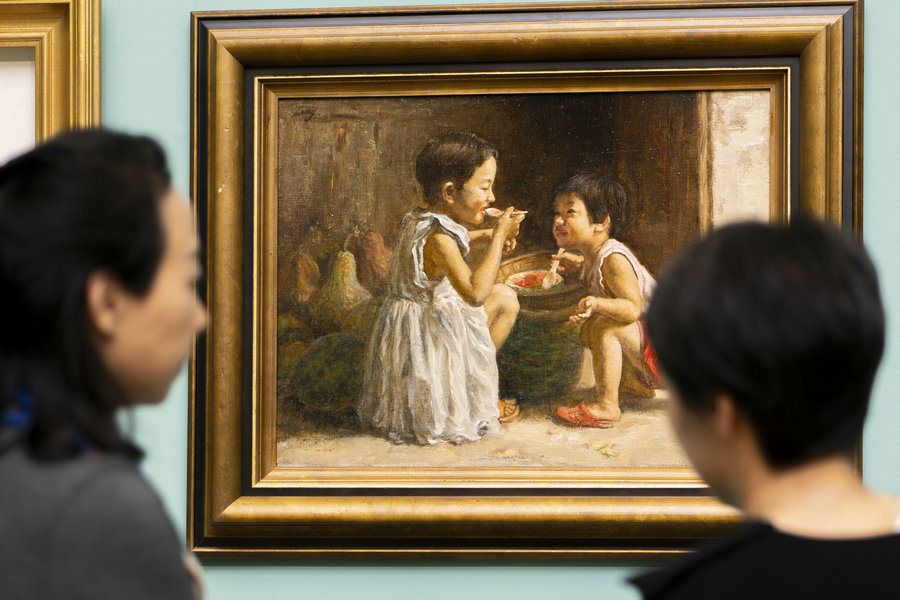
 Fang Xiangming’s works show landscapes and people in his hometown in Zhejiang province. [Photo provided to China Daily]
Fang Xiangming’s works show landscapes and people in his hometown in Zhejiang province. [Photo provided to China Daily] 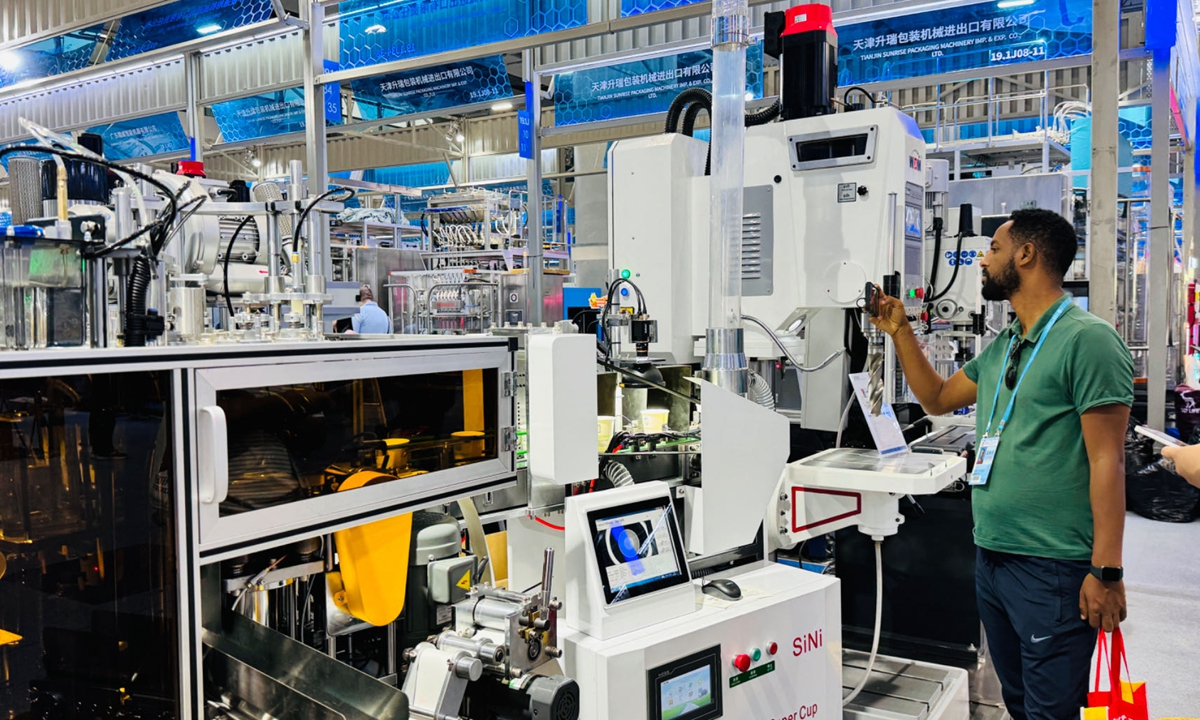
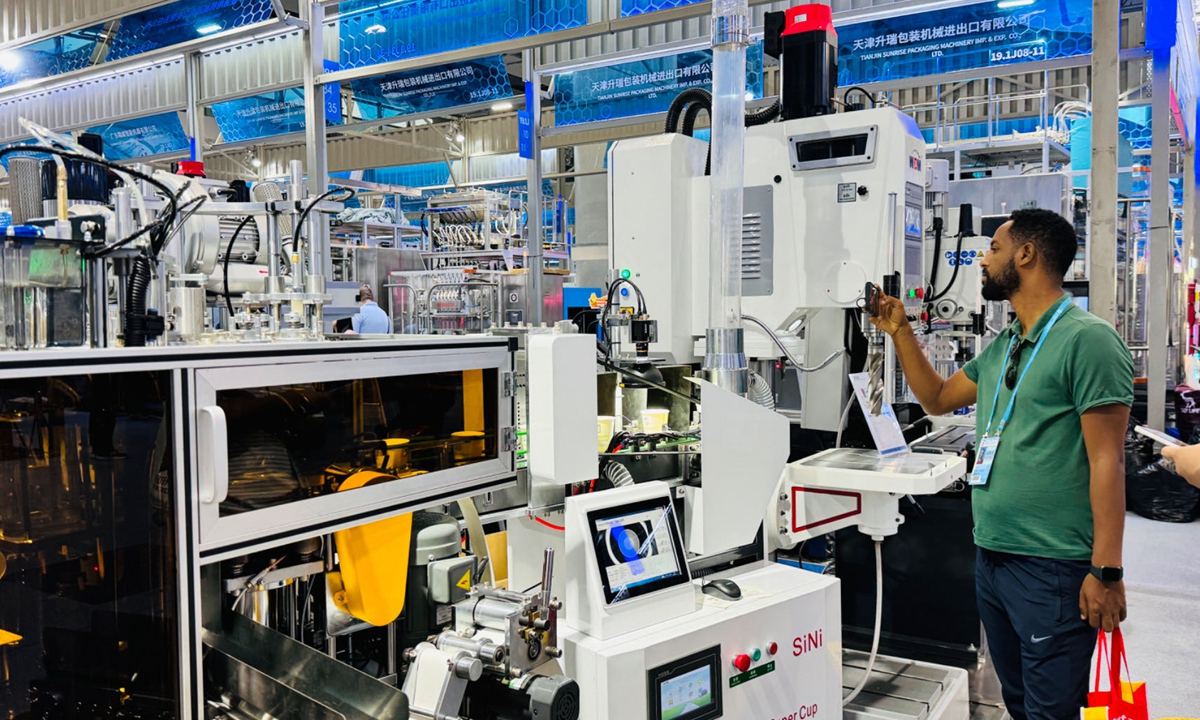
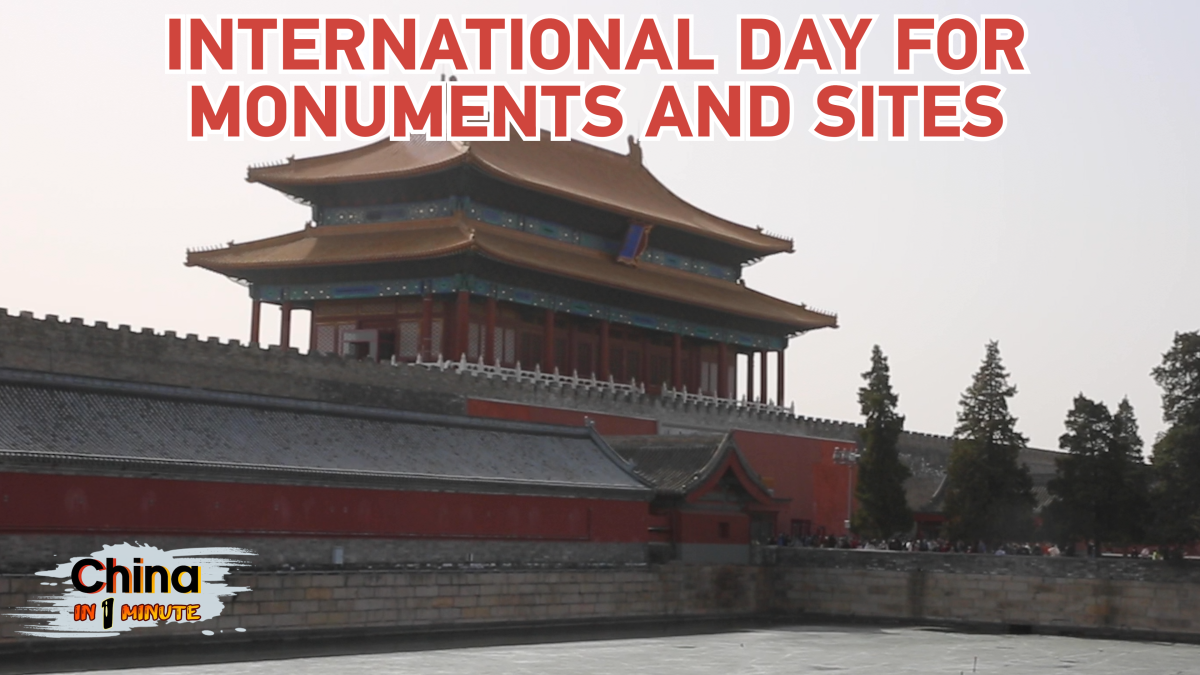
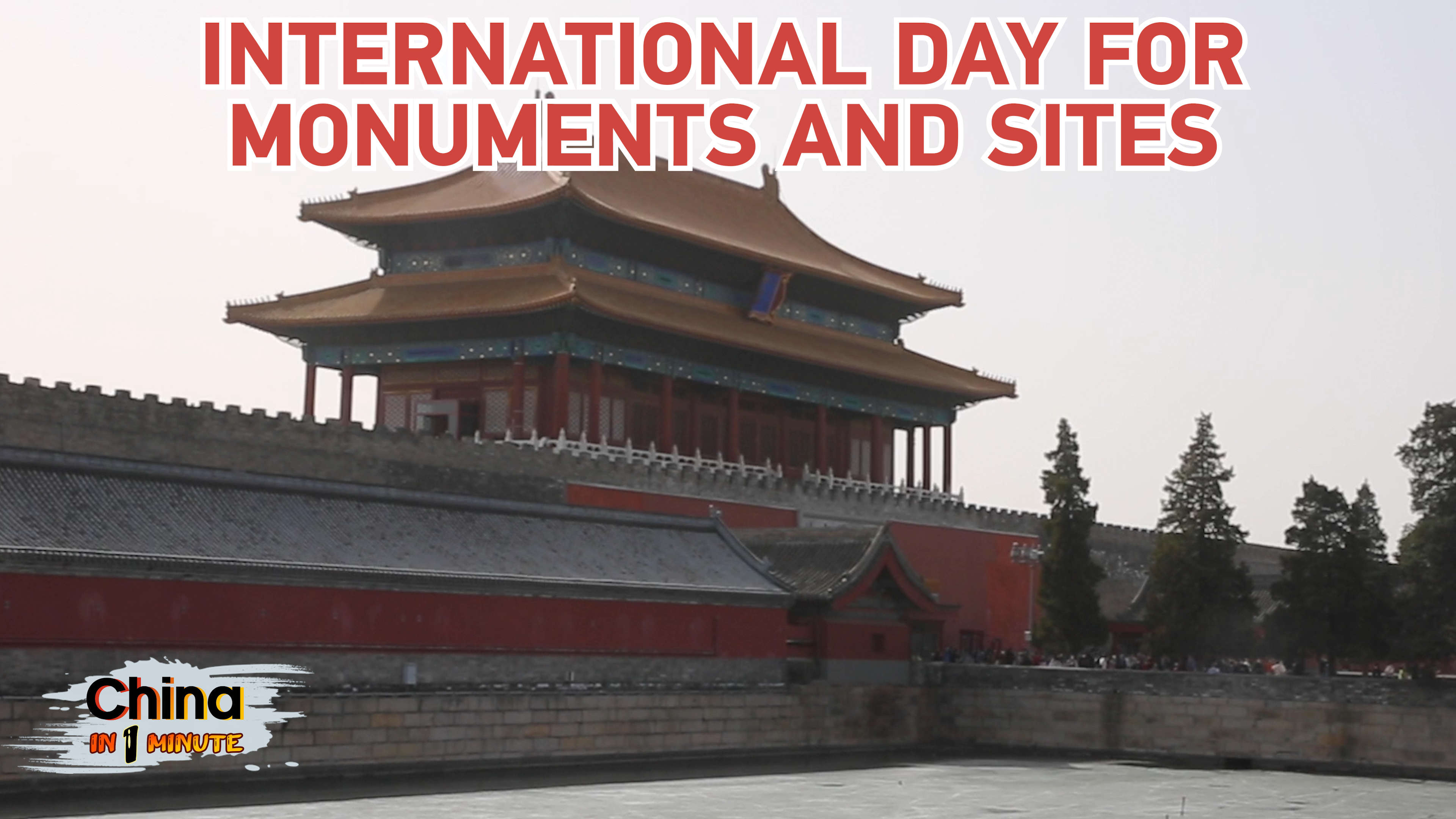
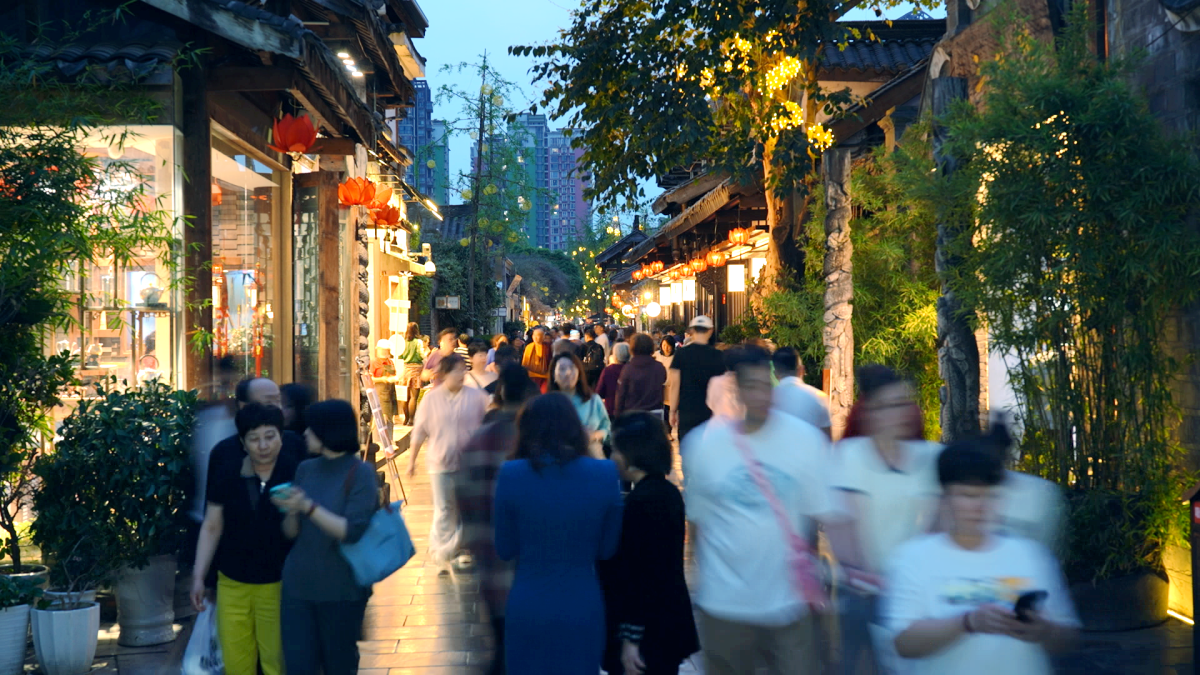
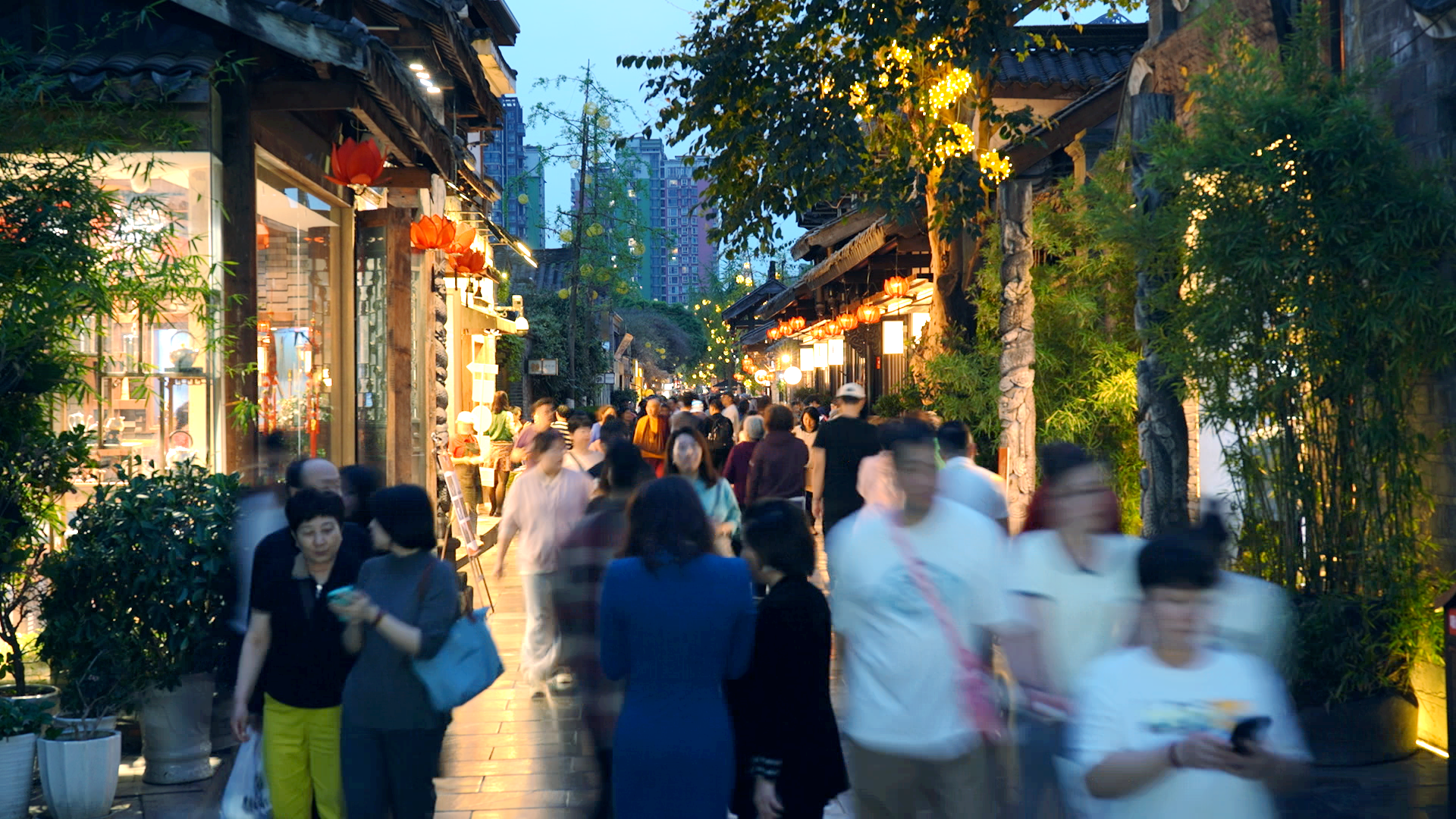
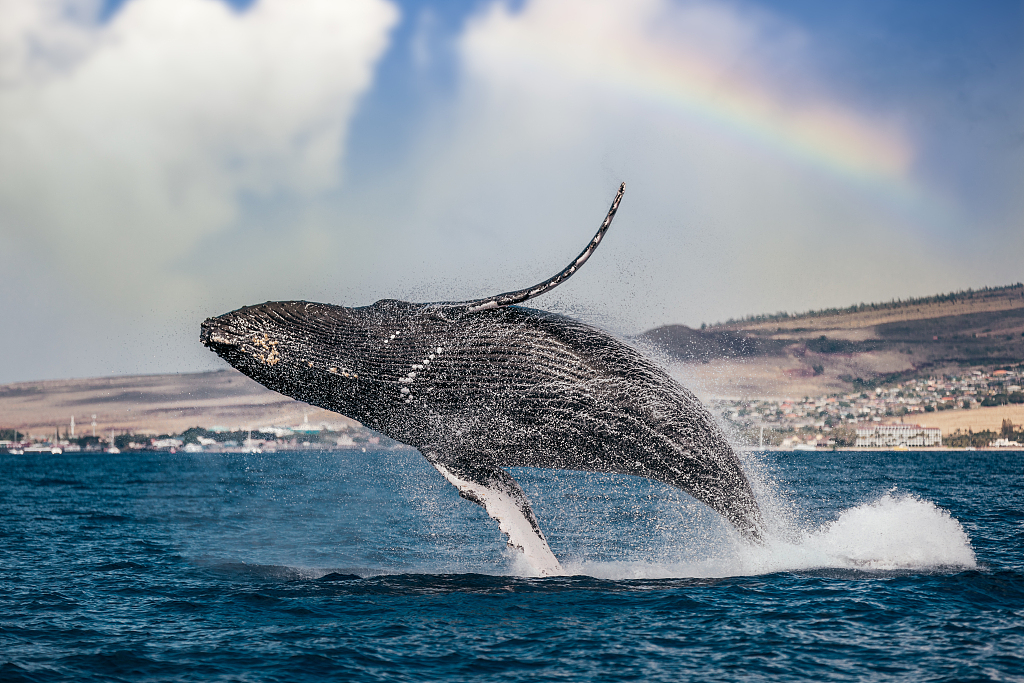
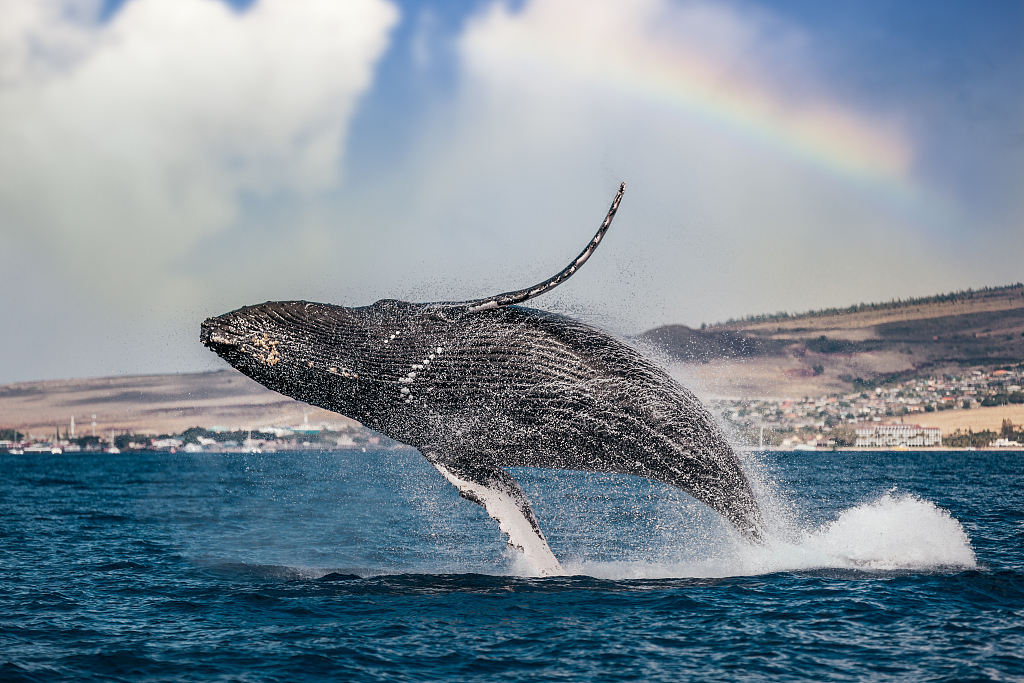 A humpback whale. /CFP
A humpback whale. /CFP 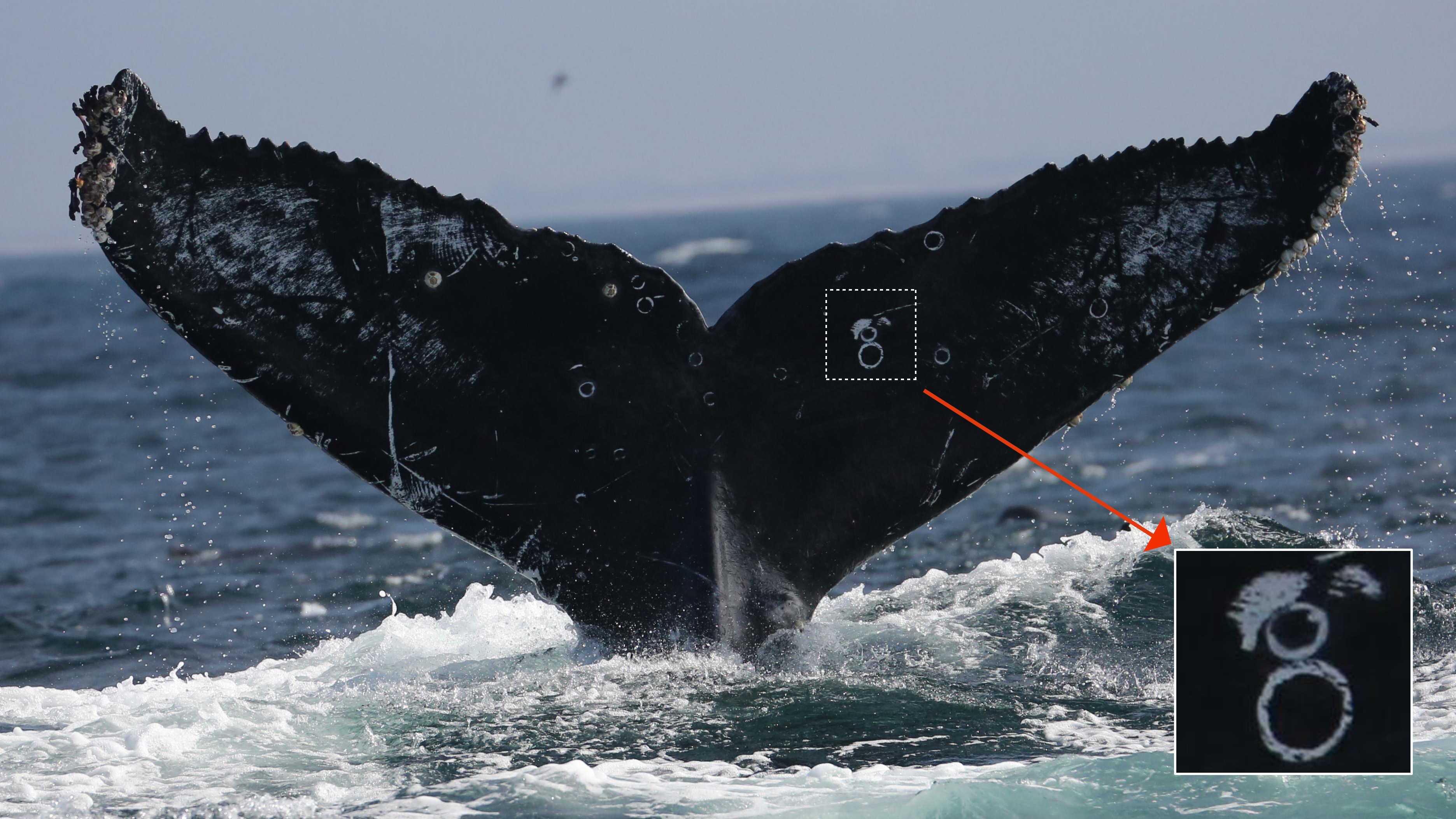 Frosty, a humpback whale known from the west coast of the United States and Mexico. Humpback whale tails display unique pattern and shape allowing researchers to use AI image recognition to track thousands of whales. /Ted Cheeseman
Frosty, a humpback whale known from the west coast of the United States and Mexico. Humpback whale tails display unique pattern and shape allowing researchers to use AI image recognition to track thousands of whales. /Ted Cheeseman  Whale researcher Ted Cheeseman shows a picture of humpback whale named Frosty during an interview with CGTN. /CGTN
Whale researcher Ted Cheeseman shows a picture of humpback whale named Frosty during an interview with CGTN. /CGTN  Illustration of a humpback whale tail. /CGTN
Illustration of a humpback whale tail. /CGTN  A photo composite showing an uploaded picture of a humpback whale named Frosty on the left and a match result found on Happywhale.com on the right. /Ted Cheeseman
A photo composite showing an uploaded picture of a humpback whale named Frosty on the left and a match result found on Happywhale.com on the right. /Ted Cheeseman 
 Yuanmingyuan, Beijing. [Photo/VCG]
Yuanmingyuan, Beijing. [Photo/VCG] 
 Visitors experience makeup products at the China International Consumer Products Expo in Haikou, capital of South China’s Hainan province, on April 15, 2024. [Photo/Xinhua]
Visitors experience makeup products at the China International Consumer Products Expo in Haikou, capital of South China’s Hainan province, on April 15, 2024. [Photo/Xinhua] 